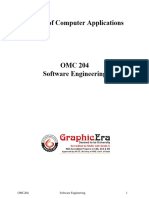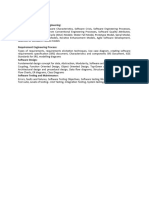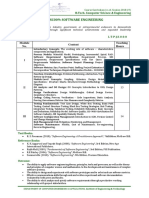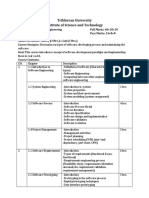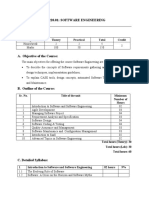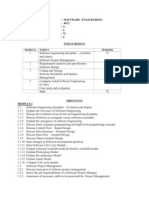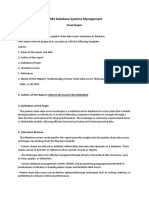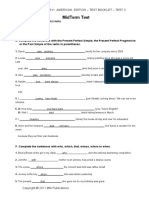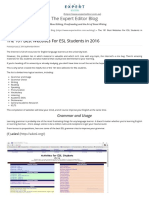0% found this document useful (0 votes)
24 views2 pagesSoftware Engineering Cos With Syllabus
The document outlines the syllabus for a Software Engineering course (BCS601), covering key topics such as software development life cycle models, software requirement specifications, software design, testing methodologies, and maintenance practices. It includes detailed descriptions of various software engineering processes, quality assurance, and project management techniques. The course outcomes emphasize understanding software characteristics, applying design techniques, and analyzing testing and maintenance strategies.
Uploaded by
rahuldubeyCopyright
© © All Rights Reserved
We take content rights seriously. If you suspect this is your content, claim it here.
Available Formats
Download as DOCX, PDF, TXT or read online on Scribd
0% found this document useful (0 votes)
24 views2 pagesSoftware Engineering Cos With Syllabus
The document outlines the syllabus for a Software Engineering course (BCS601), covering key topics such as software development life cycle models, software requirement specifications, software design, testing methodologies, and maintenance practices. It includes detailed descriptions of various software engineering processes, quality assurance, and project management techniques. The course outcomes emphasize understanding software characteristics, applying design techniques, and analyzing testing and maintenance strategies.
Uploaded by
rahuldubeyCopyright
© © All Rights Reserved
We take content rights seriously. If you suspect this is your content, claim it here.
Available Formats
Download as DOCX, PDF, TXT or read online on Scribd
/ 2









